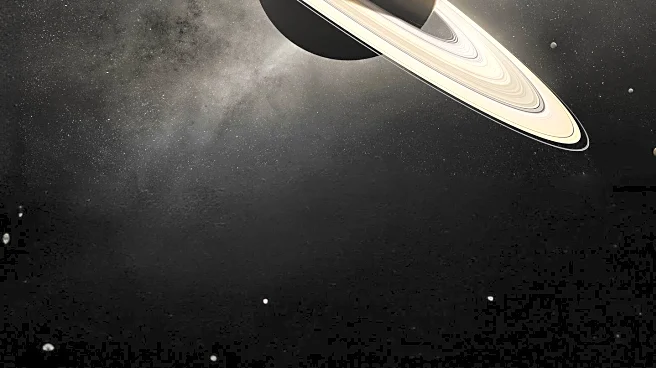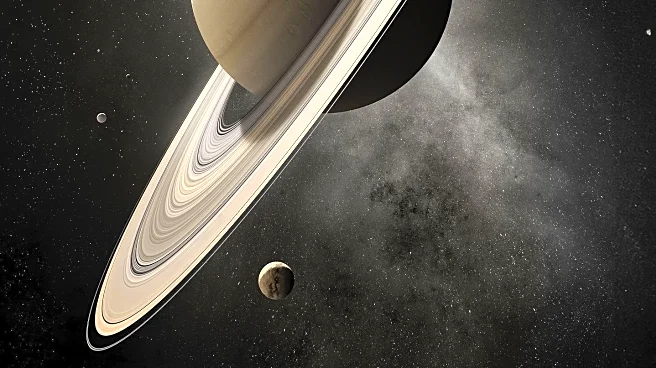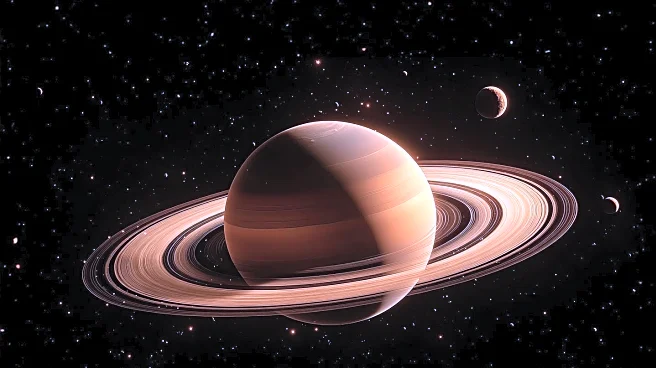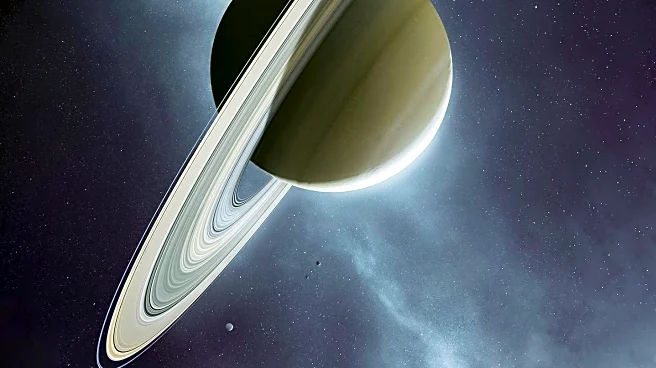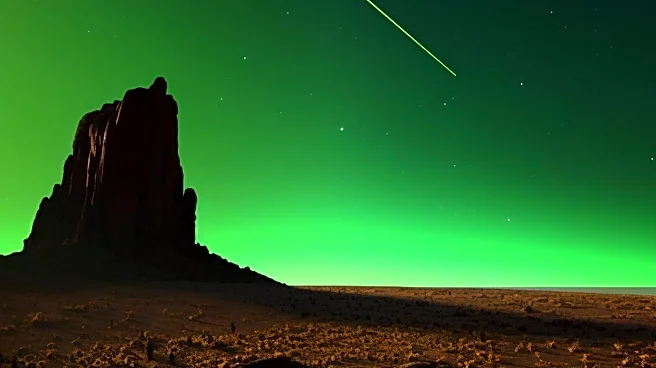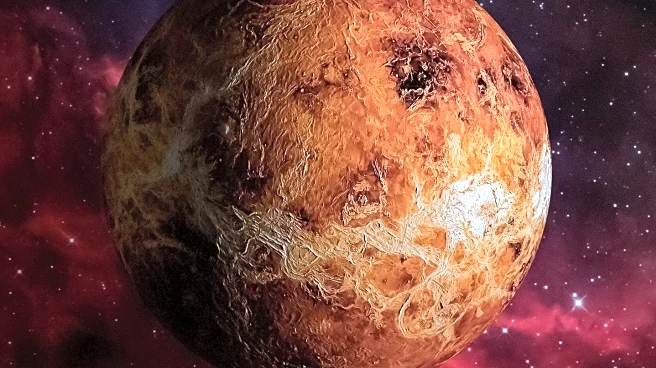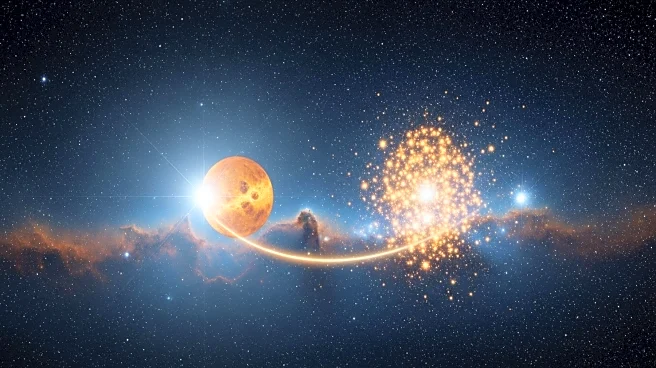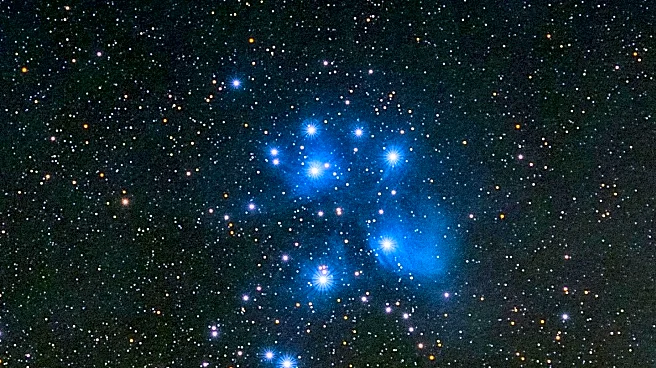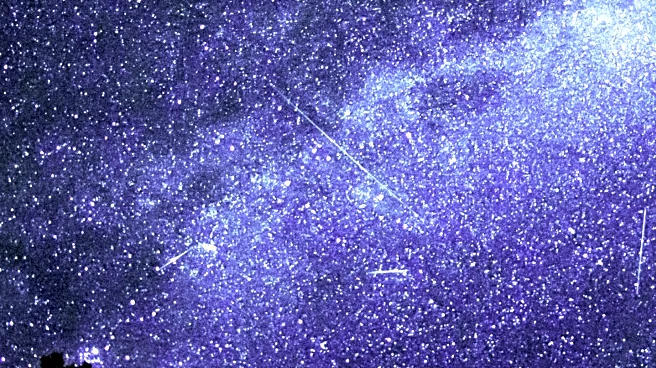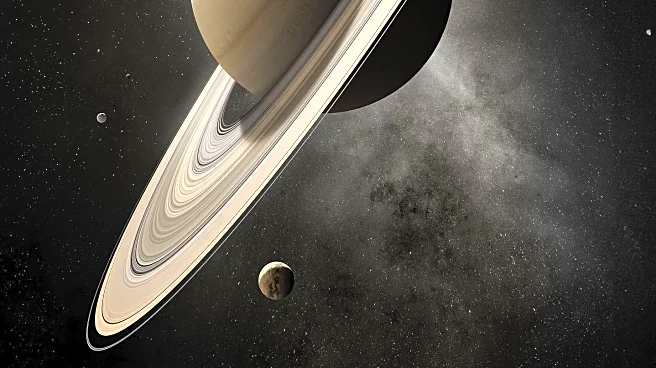What's Happening?
Sky watchers in Central Wisconsin are in for a treat with a series of astronomical events featuring Saturn, Venus, and Uranus. Saturn's unusual moon, Iapetus, reaches its greatest western elongation, making it visible with a telescope. Venus rises before sunrise, appearing near the Beehive Cluster in Cancer, offering a spectacular view through binoculars. Additionally, Uranus is visible near the Pleiades star cluster, providing an opportunity for observers to spot the distant planet. These events are part of a week-long celestial showcase that includes the waxing gibbous moon and other planetary alignments.
Why It's Important?
These astronomical events offer a unique opportunity for enthusiasts and the general public to engage with the night sky, fostering interest in astronomy and science. Observing planets and stars can enhance understanding of celestial mechanics and inspire educational activities. The visibility of Saturn's moons and Venus in the Beehive Cluster highlights the dynamic nature of our solar system, encouraging amateur astronomers to explore and document these phenomena. Such events can also boost local tourism and community activities centered around stargazing.
What's Next?
As the week progresses, sky watchers can anticipate more celestial events, including Titan's shadow transit across Saturn and Uranus's proximity to the Pleiades. These occurrences will continue to provide opportunities for observation and study. Local astronomy clubs and educational institutions may organize events to facilitate public viewing and discussions about these phenomena.
